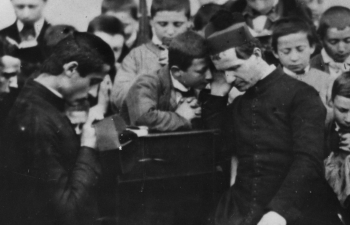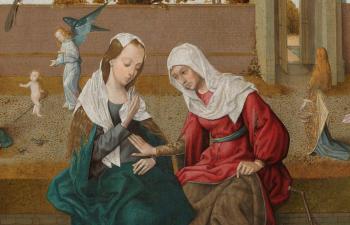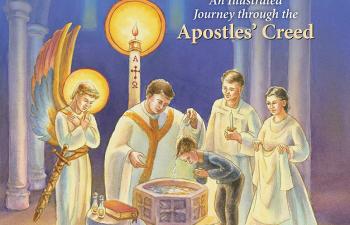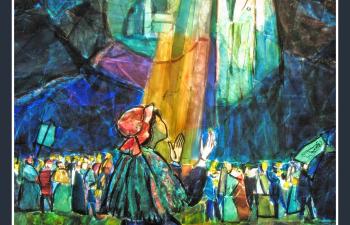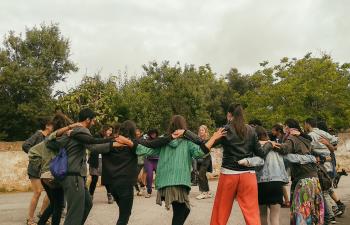Can an artist reveal the reality of heaven, the identity of God, and the glorious, eternal Queenship of Mary the Mother of God all in one image? This was the challenge set before Enguerrand Quarton, the Early Renaissance artist, in 1453, when Jean de Montagnac, the chaplain of the Carthusian Charterhouse of Villeneuve-les-Avignon in France, commissioned him. In the commission contract, which survives today, emphasis was placed on several specific inclusions: the realms of heaven and of earth, with attributes appropriate to each. Earth is depicted in a compressed horizontal band of space stretching from Rome to Jerusalem. Heaven is depicted with a multitude of figures, including the persons of the Trinity and Mary. Aspects of the iconographic program of the Coronation of the Virgin have made this not only a historical art masterwork but also a remarkable image of the particular relationships depicted within.
The rest of this online article is available for current Guild members.
This article is from The Catechetical Review (Online Edition ISSN 2379-6324) and may be copied for catechetical purposes only. It may not be reprinted in another published work without the permission of The Catechetical Review by contacting [email protected]



